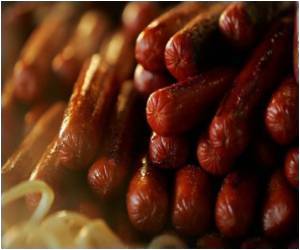DVDs and film reels as platforms for recording videos could be a thing of the past after scientists managed to store a few frames of light signals in vials of gas.

But it's the first time in history images have been stored in a non-solid and then played back - and the paper's title, 'Temporally Multiplexed Storage of Images in a Gradient Echo Memory', inspired a YouTube tribute.
One young man was inspired by the lingo of the University of Maryland's paper, especially the storage of images in the atomic memory, and contrived a song which he performs on a YouTube video clip.
As yet, there are not many practical uses for the technique, which stores information in tiny vials of rubidium, by beaming light into a 20cm long tube.
To play back, the magnetic field is flipped backwards, the control beam turned back on, and the atoms start to move in the opposite direction.
Beyond simply creating a new storage medium, and presumably inspiring George Lucas to re-release the Star Wars films in gaseous form, the gas can store "quantum" information - and once it's refined, could be a crucial building block for the computers of the future.
Advertisement
"The big thing here is that this allows us to do images and do pulses (instead of individual photons) and it can be matched (hopefully) to our squeezed light source, so that we can soon try to store 'quantum images' and make essentially a random access memory for continuous variable quantum information," the Daily Mail quoted Lett as saying.
Advertisement
Source-ANI









